In today's diverse and competitive plastics manufacturing landscape, possessing plastic products with a bright, eye-catching white color is indispensable for attracting customers. Optical brighteners - a common product in the masterbatch manufacturing industry - have emerged, transforming ordinary plastic products into more radiant and appealing ones. By absorbing violet light and emitting blue light, optical brighteners help to mask the inherent yellow and gray tones in plastics, providing a flawless finish to the final product.
In this article, EuroPlas will provide detailed information about this technology, its outstanding advantages, and its applications in plastics manufacturing. Through this, customers will gain a comprehensive understanding of how optical brighteners can be the perfect cosmetic solution for their plastic products.
1. Properties and Characteristics of Optical Brightening Agents
Optical Brightening Agents (OBAs) are a group of chemical compounds widely used in various industries to enhance the whiteness and brightness of products. These substances possess unique properties and characteristics, making them a premier choice for improving the appearance of numerous materials.
Key properties and characteristics of optical brightening agents include:
1.1. Unique Chemical Structure
Optical brighteners often have a complex chemical structure, comprising aromatic rings and specific functional groups. Most OBAs belong to the stilbene group, containing a C=C double bond between two benzene rings. This structure enables them to absorb ultraviolet (UV) light and emit visible light, creating a fluorescent effect.
Examples of OBA chemical structures include:
- 4,4'-Bis(2-sulfo styryl)biphenyl
- 4,4'-Diamino-2,2'-stilbenedisulfonic acid
- 2,5-Bis(5-tert-butyl-2-benzoxazolyl)thiophene
This distinctive chemical structure determines the OBA's ability to absorb and emit light, thus producing the optical brightening effect.
1.2. Ultraviolet Light Absorption
One of the most significant properties of optical brighteners is their strong absorption of ultraviolet light. OBAs typically absorb light in the near-UV region, with wavelengths ranging from 300nm to 400nm. This is crucial because:
- Ultraviolet light is invisible to the naked eye.
- Absorbing UV light protects materials from the harmful effects of UV radiation.
- The energy absorbed from UV light is converted into visible light.
This ultraviolet light absorption capability depends on the specific chemical structure of each OBA and can be adjusted during synthesis to suit various applications.

1.3. Fluorescence Effect
The most striking feature of optical brighteners is their fluorescent effect. After absorbing UV light, OBAs emit visible light, primarily in the blue-violet region (400nm-500nm). This effect results in several important characteristics:
- Whiter-than-white effect: OBAs create the illusion of superior whiteness compared to ordinary white.
- Enhanced brilliance: Materials treated with OBAs often have a more vibrant and lively appearance.
- Increased brightness: The emitted light complements the light reflected from the material's surface, increasing the total amount of visible light.
This fluorescent effect is the primary mechanism by which OBAs enhance the appearance of many everyday products.
1.4. Durability and Stability
Optical brighteners require good durability and stability to maintain their effectiveness throughout the product's lifecycle. Some durability and stability characteristics of OBAs include:
- Thermal stability: Many OBAs can withstand high temperatures, maintaining their effectiveness during manufacturing and use.
- Chemical stability: OBAs must be compatible with other components in the product and not cause unwanted reactions.
- Lightfastness: OBAs need to resist degradation from light to maintain their brightening effect over time.
However, the durability and stability of OBAs can be affected by factors such as:
- Prolonged exposure to sunlight
- Strong oxidizing agents
- Excessive heat
- Extreme pH
Selecting the appropriate OBA and optimizing usage conditions is crucial to ensure long-term effectiveness.

1.5. Solubility and Compatibility
Optical brighteners can be divided into two main groups based on their solubility:
- Water-soluble OBAs: Commonly used in the paper, textile, and detergent industries.
- Water-insoluble OBAs: Suitable for applications in plastics, paints, and inks.
The solubility and compatibility of OBAs affect:
- Durability: Water-insoluble OBAs often have better durability in water and solvents.
- Distribution in the material: Solubility affects the even distribution of OBAs within the product.
- Application method: Water-soluble OBAs can be added to solutions or mixtures more easily.
Choosing an OBA with suitable solubility and compatibility is essential for achieving optimal brightening effects in specific applications.
1.6. Hiệu quả tăng trắng
To evaluate brightening efficiency, methods such as:
- CIE whiteness measurement
- Spectral analysis
- Visual assessments
Brightening efficiency can be optimized by adjusting the formulation and usage conditions to suit each specific application, including:
- Usage concentration: OBAs are typically used at low concentrations (0.01-0.5%) for optimal results.
- Light conditions: The brightening effect is most pronounced under light containing UV components.
- Nature of the base material: OBAs may interact differently with various types of materials.
- Presence of other additives: Some substances can enhance or reduce the effectiveness of OBAs.
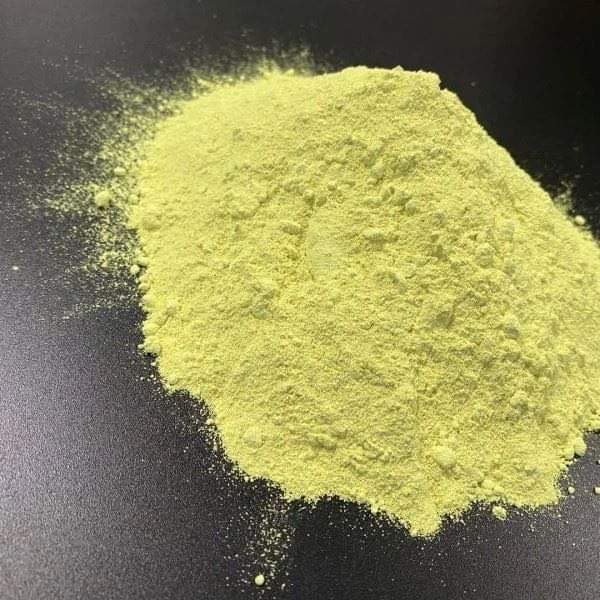
In conclusion, optical brighteners possess unique properties and characteristics, making them valuable tools for improving the appearance of numerous products. From their complex chemical structure to their impressive fluorescent effect, OBAs offer many benefits in industrial and consumer applications.
2. Applications of Optical Brightening Agents
Optical Brightening Agents (OBAs) have become indispensable components in many modern industries. With their unique ability to enhance the appearance of products, OBAs offer significant benefits in various fields, including:
2.1. Printing Industry
OBAs play a crucial role in the printing industry:
- Ink savings: The brightening effect allows for the use of less ink while still achieving the desired printing results.
- Enhanced contrast: OBAs increase the contrast between the printed ink and the paper background, making text and images clearer.
- Improved print quality: Printed products on OBA-treated paper generally have higher quality and more vibrant colors.
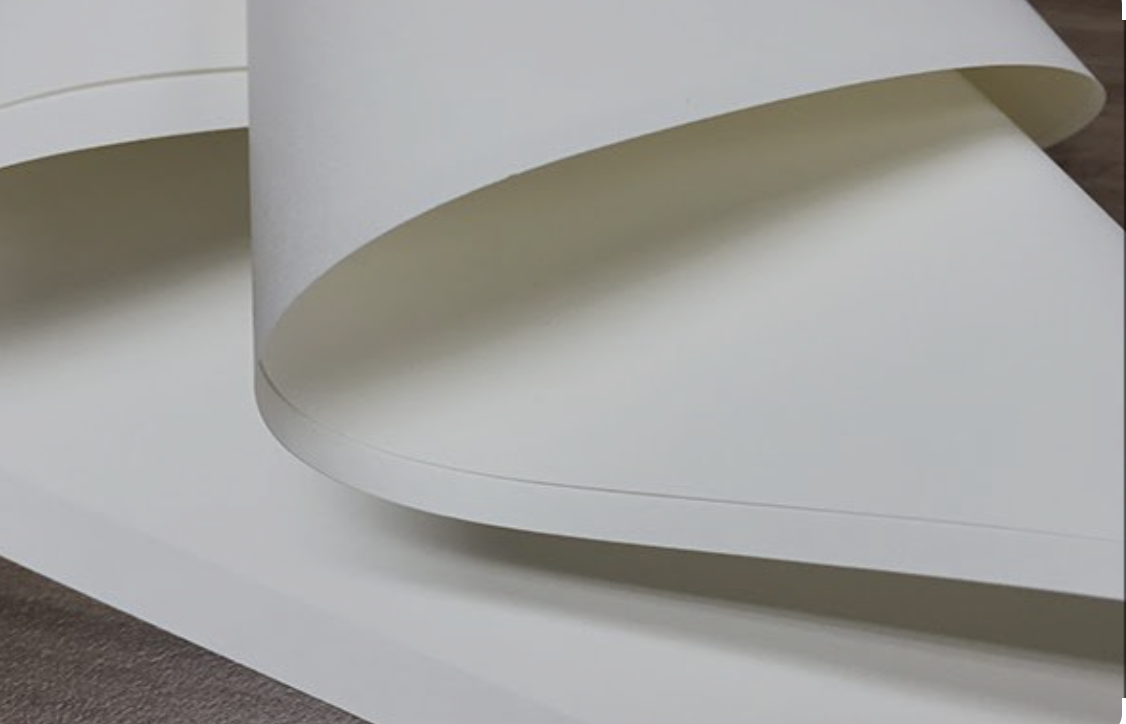
2.2. Textile Industry
OBAs offer numerous benefits to textile products:
- Enhanced aesthetics: Textiles treated with OBAs often have a more appealing appearance, attracting consumers.
- Brightened colors: For colored fabrics, OBAs can make colors more vibrant and vivid.
- Increased whiteness: OBAs make white fabrics appear brighter, creating a clean and fresh feel.
- Concealing imperfections: OBAs can help mask minor imperfections on the fabric surface.
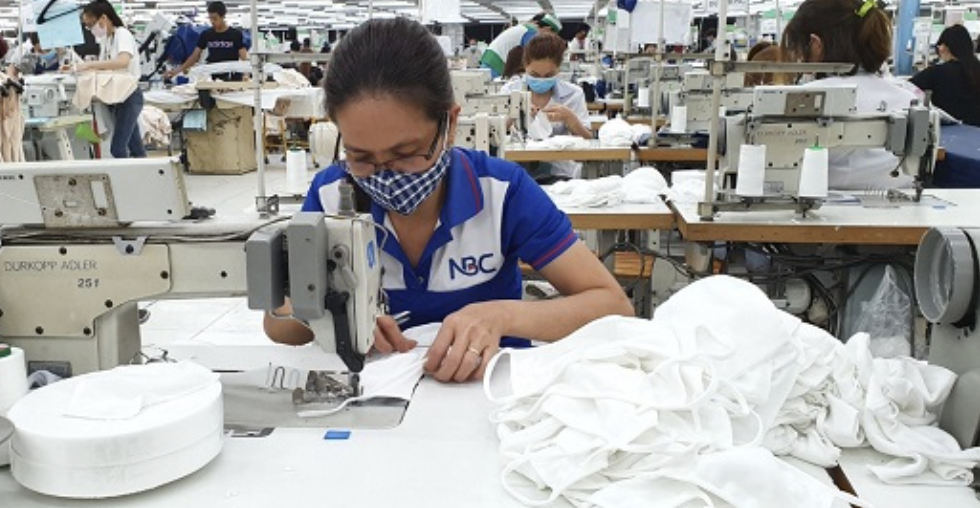
2.3. Cosmetics Industry
OBAs have specific applications in the cosmetics industry:
- Enhanced whitening efficacy: OBAs are used in some skin whitening products to create the illusion of brighter skin.
- Improved foundation appearance: They help foundations look more natural and radiant.
- Increased brightness in oral care products: OBAs can be used in toothpaste to create the perception of whiter teeth.

2.4. Paper Industry
OBAs play a vital role in enhancing the quality and appearance of paper products:
- Increased whiteness: OBAs make paper appear whiter, creating a clean and professional look.
- Improved contrast: OBA-treated paper allows for higher contrast printing, highlighting text and images.
- Enhanced product value: Paper with a better appearance is often priced higher in the market.
- Reduced pulp usage: The brightening effect allows for the use of less pulp while still achieving the desired whiteness, contributing to resource conservation.

2.5. Detergent Industry
OBAs are essential components in many detergents:
- Odor enhancement: Some OBAs also have the function of adding fragrance to clothes after washing.
- Whiteness restoration: They help restore the whiteness of yellowed white clothes.
- Improved cleaning performance: OBAs create the illusion of higher cleanliness for clothes and fabrics after washing.
- Increased customer satisfaction: The brightening effect contributes to higher customer satisfaction with detergent products.

2.6. Plastics and Polymers Industry
OBAs are widely used in the production of plastics and polymers:
- Improved appearance: OBAs make white plastic products appear brighter and more attractive.
- Concealing imperfections: They can help mask minor defects during plastic production.
- Increased product value: Plastics with a better appearance are often priced higher in the market.
- Applications in packaging: OBAs make plastic packaging more appealing and eye-catching.
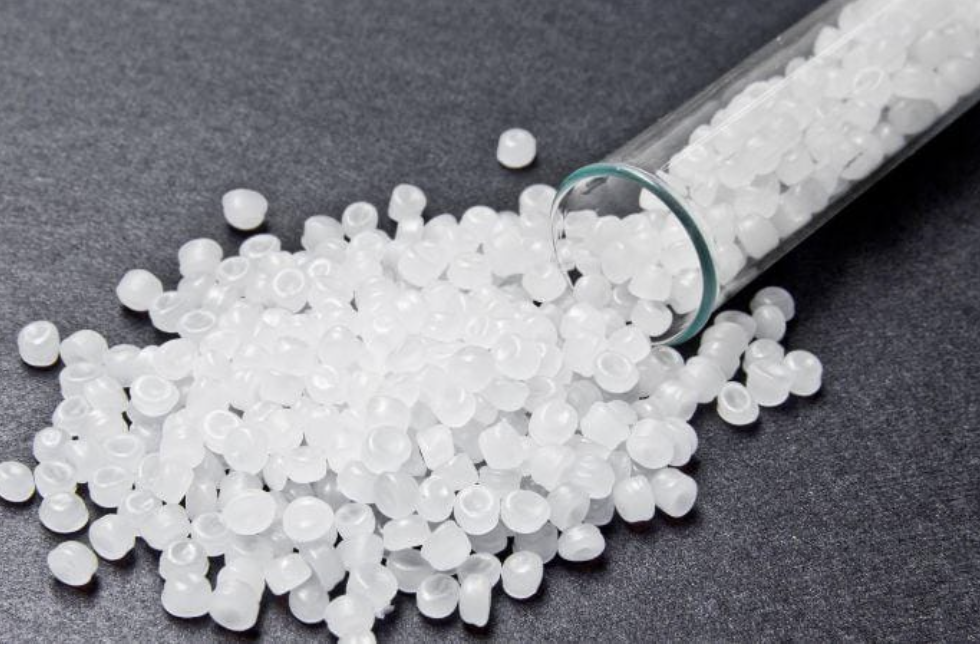
2.7. Other Special Applications
In addition to the common applications mentioned above, OBAs have other specific uses:
- Banknote production: They help increase the security of banknotes and important documents.
- Paint industry: OBAs increase the brightness and reflectivity of white paint.
- Food industry: Some OBAs are approved for use to improve the appearance of certain food products.
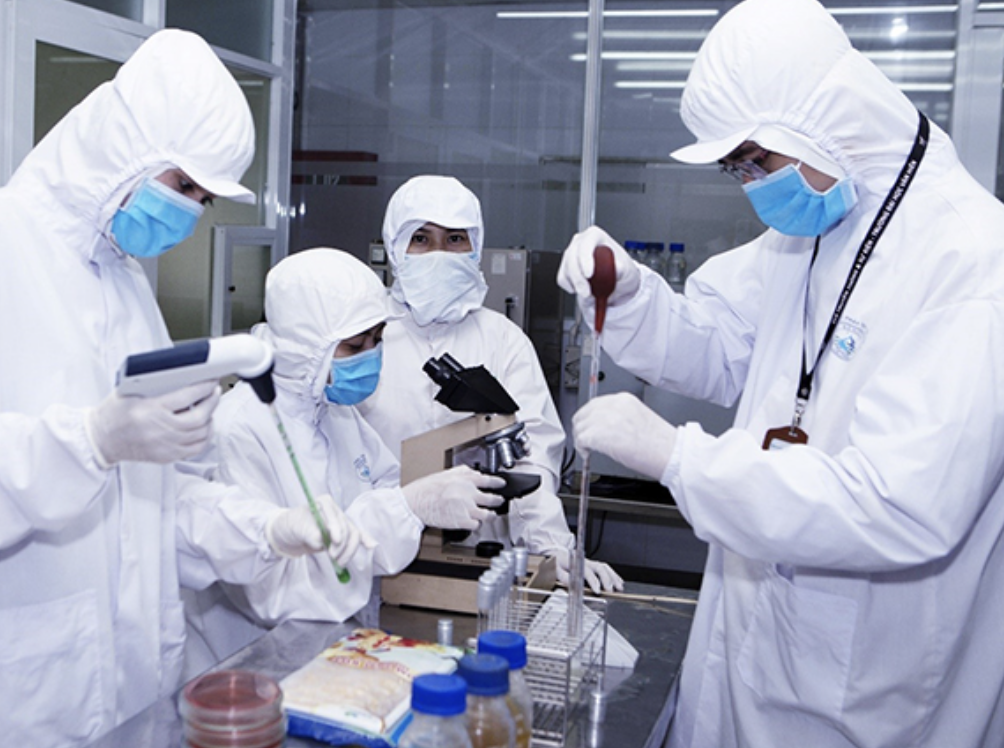
In conclusion, optical brightening agents have diverse applications across various industries. From enhancing product appearance to increasing efficiency and saving resources, OBAs have become essential components in many modern manufacturing processes. However, the use of OBAs should be carefully considered to ensure the safety of consumers and the environment. With continuous technological advancements, we can expect new and more effective applications of optical brightening agents in the future.
3. Conclusion
Optical Brightening Agents (OBAs) have proven their significance in numerous industries and daily life. However, the use of OBAs also presents challenges related to safety and the environment. The industry is continuously researching and developing safer, more environmentally friendly OBAs while optimizing their usage.
To maximize the benefits of optical brightening agents, careful consideration is needed when selecting and using suitable OBAs for specific applications. Close cooperation between manufacturers, researchers, and consumers will contribute to the sustainable development of the OBA industry, providing high-quality and safe products for society.
4. About EuroPlas’s Optical Brightening Additive
As a leading global manufacturer of filler masterbatch, EuroPlas is proud to offer high-quality products that significantly improve the whiteness and brightness of plastics.
Optical brightening agents work by absorbing violet and ultraviolet light and then emitting blue light, creating a natural white appearance for the product. As a result, your plastic products will become brighter, more eye-catching, enhancing their aesthetic value and competitiveness in the market.
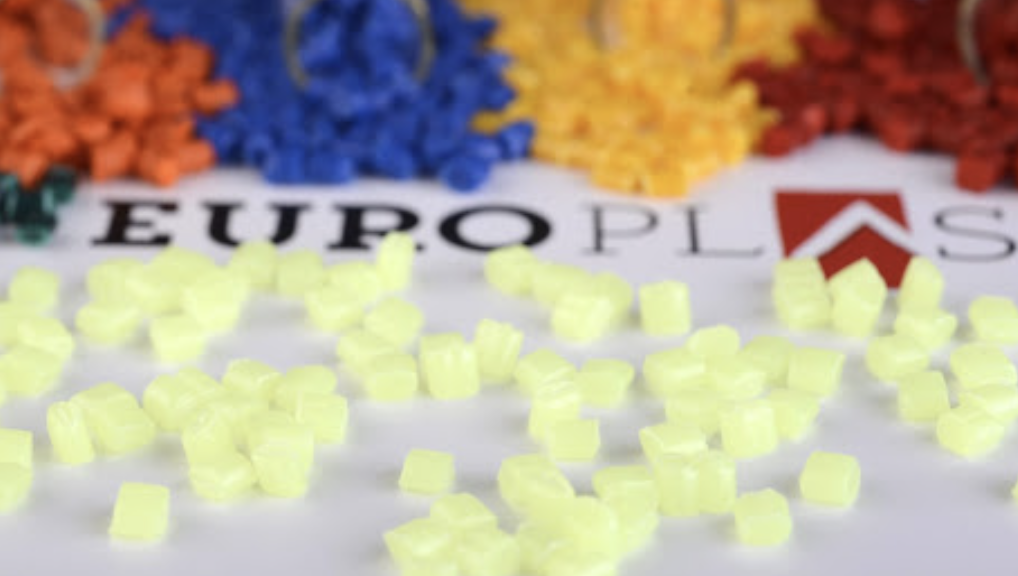
You should choose EuroPlas' optical brightening additive for the following advantages:
- Increased gloss: Creates a smooth, shiny plastic surface.
- High quality: Produced on modern production lines, meeting international standards.
- Improved color: Makes product colors brighter and more uniform.
- Diverse applications: Suitable for various types of plastics such as PE, PP, PS, ABS, etc.
- Enhanced aesthetics: Your plastic products will become more luxurious and attractive.
EuroPlas' optical brightening additives are widely used in many industries such as:
- Film production: PE film, cast film, plastic sheets...
- Packaging production: Food packaging, cosmetic packaging...
- Plastic fiber production: Textile fibers, industrial fibers...
- Household goods production: Plastic products for household use.
With these outstanding advantages, EuroPlas' optical brightening agents have been widely applied in various manufacturing industries. This additive contributes to improving the quality and aesthetic value of plastic products, while helping businesses save production costs effectively.
If you want more detailed information about EuroPlas' optical brightening agents or other plastic and plastic additive products; please feel free to contact us via hotline or email or leave your contact information via the online form; EuroPlas experts will contact you as soon as possible.